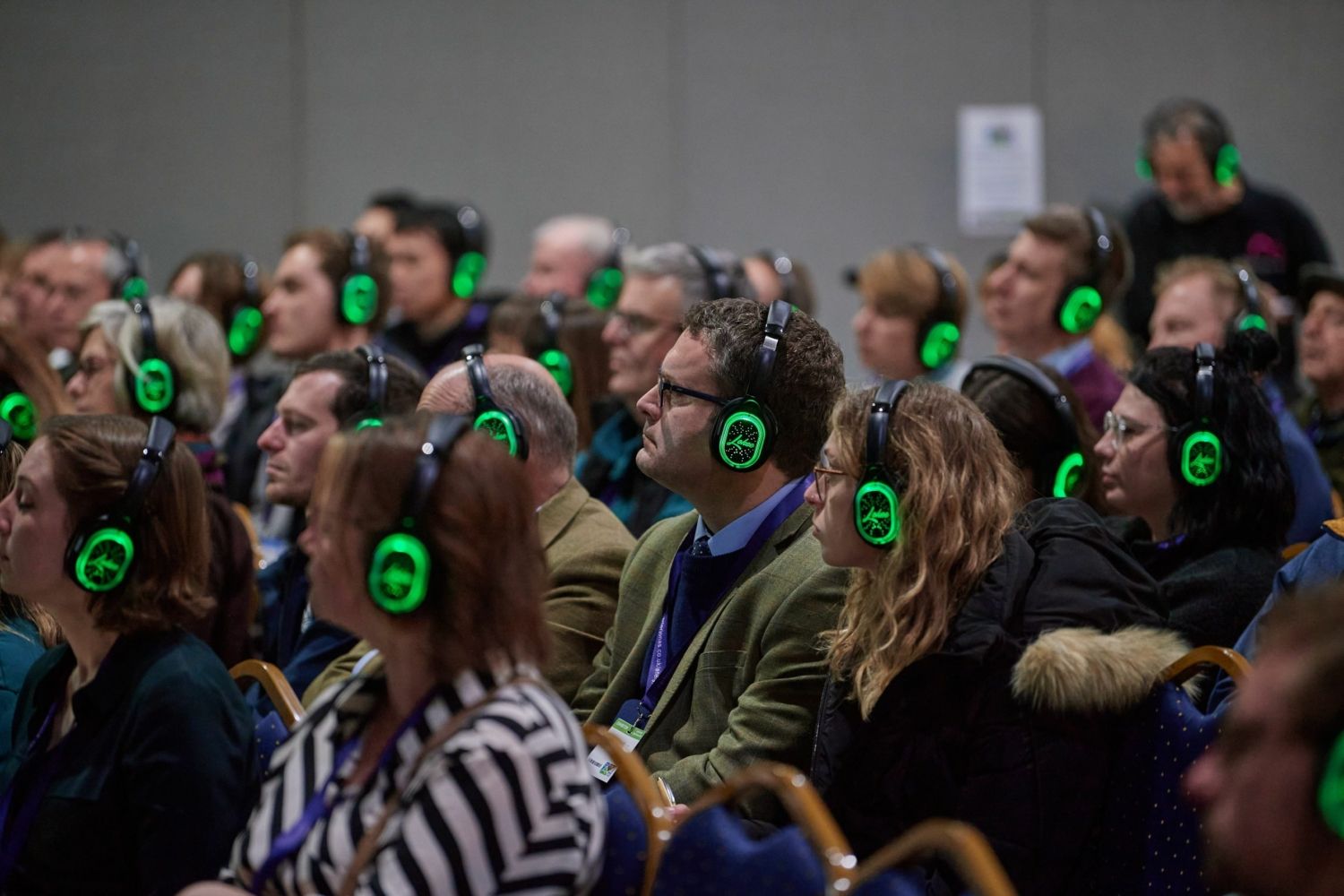20 Dec 2022
Agriculture pathway to net zero

[fusion_builder_container type="flex" hundred_percent="no" hundred_percent_height="no" min_height_medium="" min_height_small="" min_height="" hundred_percent_height_scroll="no" align_content="stretch" flex_align_items="flex-start" flex_justify_content="flex-start" flex_column_spacing="" hundred_percent_height_center_content="yes" equal_height_columns="no" container_tag="div" menu_anchor="" hide_on_mobile="small-visibility,medium-visibility,large-visibility" status="published" publish_date="" class="" id="" spacing_medium="" margin_top_medium="" margin_bottom_medium="" spacing_small="" margin_top_small="" margin_bottom_small="" margin_top="" margin_bottom="" padding_dimensions_medium="" padding_top_medium="" padding_right_medium="" padding_bottom_medium="" padding_left_medium="" padding_dimensions_small="" padding_top_small="" padding_right_small="" padding_bottom_small="" padding_left_small="" padding_top="" padding_right="" padding_bottom="" padding_left="" link_color="" link_hover_color="" border_sizes="" border_sizes_top="" border_sizes_right="" border_sizes_bottom="" border_sizes_left="" border_color="" border_style="solid" box_shadow="no" box_shadow_vertical="" box_shadow_horizontal="" box_shadow_blur="0" box_shadow_spread="0" box_shadow_color="" box_shadow_style="" z_index="" overflow="" gradient_start_color="" gradient_end_color="" gradient_start_position="0" gradient_end_position="100" gradient_type="linear" radial_direction="center center" linear_angle="180" background_color="" background_image="" skip_lazy_load="" background_position="center center" background_repeat="no-repeat" fade="no" background_parallax="none" enable_mobile="no" parallax_speed="0.3" background_blend_mode="none" video_mp4="" video_webm="" video_ogv="" video_url="" video_aspect_ratio="16:9" video_loop="yes" video_mute="yes" video_preview_image="" pattern_bg="none" pattern_custom_bg="" pattern_bg_color="" pattern_bg_style="default" pattern_bg_opacity="100" pattern_bg_size="" pattern_bg_blend_mode="normal" mask_bg="none" mask_custom_bg="" mask_bg_color="" mask_bg_accent_color="" mask_bg_style="default" mask_bg_opacity="100" mask_bg_transform="left" mask_bg_blend_mode="normal" render_logics="" absolute="off" absolute_devices="small,medium,large" sticky="off" sticky_devices="small-visibility,medium-visibility,large-visibility" sticky_background_color="" sticky_height="" sticky_offset="" sticky_transition_offset="0" scroll_offset="0" animation_type="" animation_direction="left" animation_speed="0.3" animation_offset="" filter_hue="0" filter_saturation="100" filter_brightness="100" filter_contrast="100" filter_invert="0" filter_sepia="0" filter_opacity="100" filter_blur="0" filter_hue_hover="0" filter_saturation_hover="100" filter_brightness_hover="100" filter_contrast_hover="100" filter_invert_hover="0" filter_sepia_hover="0" filter_opacity_hover="100" filter_blur_hover="0"][fusion_builder_row][fusion_builder_column type="1_1" align_self="auto" content_layout="column" align_content="flex-start" valign_content="flex-start" content_wrap="wrap" spacing="" center_content="no" column_tag="div" link="" target="_self" link_description="" min_height="" hide_on_mobile="small-visibility,medium-visibility,large-visibility" sticky_display="normal,sticky" class="" id="" type_medium="" type_small="" order_medium="0" order_small="0" dimension_spacing_medium="" dimension_spacing_small="" dimension_spacing="" dimension_margin_medium="" dimension_margin_small="" margin_top="" margin_bottom="" padding_medium="" padding_small="" padding_top="" padding_right="" padding_bottom="" padding_left="" hover_type="none" border_sizes="" border_color="" border_style="solid" border_radius="" box_shadow="no" dimension_box_shadow="" box_shadow_blur="0" box_shadow_spread="0" box_shadow_color="" box_shadow_style="" z_index_subgroup="regular" z_index="" z_index_hover="" overflow="" background_type="single" gradient_start_color="" gradient_end_color="" gradient_start_position="0" gradient_end_position="100" gradient_type="linear" radial_direction="center center" linear_angle="180" background_color="" background_image="" background_image_id="" lazy_load="avada" skip_lazy_load="" background_position="left top" background_repeat="no-repeat" background_blend_mode="none" render_logics="" sticky="off" sticky_devices="small-visibility,medium-visibility,large-visibility" sticky_offset="" filter_type="regular" filter_hue="0" filter_saturation="100" filter_brightness="100" filter_contrast="100" filter_invert="0" filter_sepia="0" filter_opacity="100" filter_blur="0" filter_hue_hover="0" filter_saturation_hover="100" filter_brightness_hover="100" filter_contrast_hover="100" filter_invert_hover="0" filter_sepia_hover="0" filter_opacity_hover="100" filter_blur_hover="0" transform_type="regular" transform_scale_x="1" transform_scale_y="1" transform_translate_x="0" transform_translate_y="0" transform_rotate="0" transform_skew_x="0" transform_skew_y="0" transform_scale_x_hover="1" transform_scale_y_hover="1" transform_translate_x_hover="0" transform_translate_y_hover="0" transform_rotate_hover="0" transform_skew_x_hover="0" transform_skew_y_hover="0" transform_origin="" animation_type="" animation_direction="left" animation_speed="0.3" animation_offset="" last="no" border_position="all"][fusion_text columns="" column_min_width="" column_spacing="" rule_style="" rule_size="" rule_color="" hue="" saturation="" lightness="" alpha="" content_alignment_medium="" content_alignment_small="" content_alignment="" hide_on_mobile="small-visibility,medium-visibility,large-visibility" sticky_display="normal,sticky" class="" id="" margin_top="" margin_right="" margin_bottom="" margin_left="" fusion_font_family_text_font="" fusion_font_variant_text_font="" font_size="" line_height="" letter_spacing="" text_transform="" text_color="" animation_type="" animation_direction="left" animation_speed="0.3" animation_offset=""]
Susan Twining, CLA Chief Land Use Policy Adviser, is speaking at Low Carbon Agriculture Show in the policy workshop conference session, and discusses the challenge of reaching net zero in this guest blog…
We are all familiar with the legally binding government net zero target for the UK economy by 2050. This means that greenhouse gas emissions across the UK economy must be reduced by at least 100% compared to 1990 levels, and any residual emissions offset by removals. So what does this mean for agriculture?
A key issue is that the sector is disadvantaged by how emissions are reported. In the government’s Greenhouse Gas Inventory (the UK’s official report following international guidelines), emissions from agriculture and land use are considered separately. For official data, agriculture emissions are based on those from livestock, cropping activity and from off road machinery. Any carbon sequestration from woodland creation or other changes in farm land use which lower net emissions, are not credited to agriculture but are instead reported separately as part of the ‘Land Use, Land Use Change and Forestry’ (LULUCF) inventory. These reporting conventions mean agriculture is unable to exploit farm land use changes to lower net emissions, making it challenging for agriculture to reach net zero. This difficulty has been acknowledged by government but a solution is not yet apparent.
Farming businesses in theory have the advantage that they can sequester carbon on their own holding to offset their emissions, known as insetting, and reduce energy use through renewables, as a means of working towards a net zero business.
So despite the inventory issue, many farming businesses are looking at their own net zero pathway – reducing emissions and sequestering carbon for their own business purposes, which could be for marketing produce or enterprise efficiency. And increasingly, supply chains are working with farmers with an ambition to have net zero supply chains by supporting emission reduction and carbon sequestration activities.
As yet there is no legal requirement for UK farming businesses to be net zero, but it is not off the agenda either. The preferred route is to provide advice and incentives to reduce emissions, alongside investment in research and innovation to support the industry. In New Zealand, where agriculture emissions account for over 50% of total emissions (compared to 10% in the UK), they are consulting on a climate levy payable by all farmers with livestock or using nitrogen fertiliser. The revenue raised will go back into the industry to fund research and incentives for climate-friendly practices.
The CLA has a number of Guidance Notes and other resources to support members on their net zero pathway, and are working with government to find ways to incentivise and encourage decarbonisation in the sector. For more details visit www.cla.org.uk.
[/fusion_text][/fusion_builder_column][/fusion_builder_row][/fusion_builder_container]



